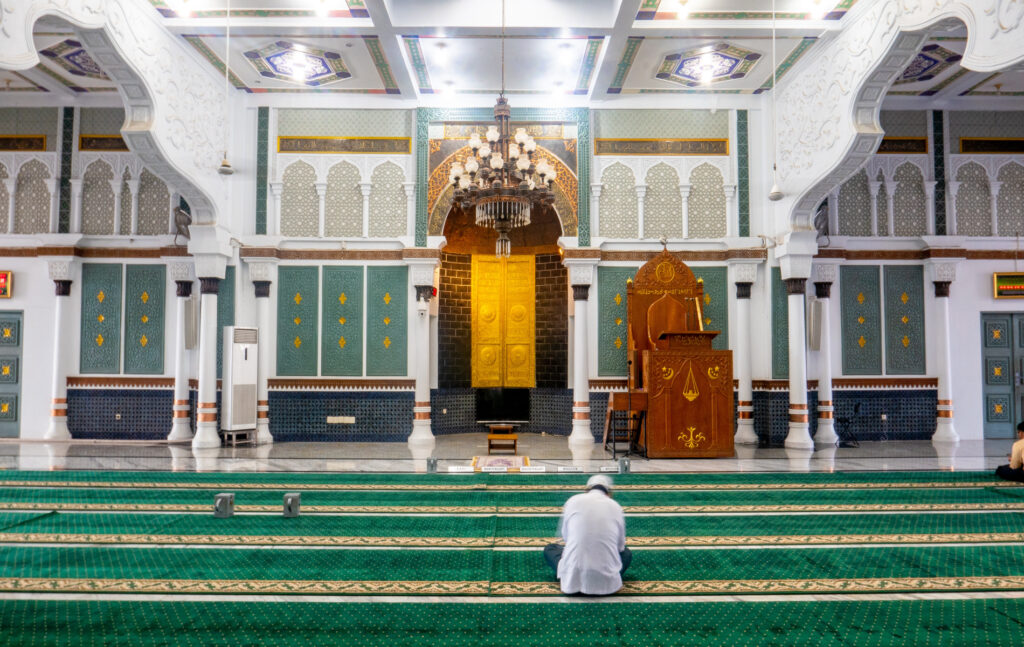About the Urdu language

Urdu is a fascinating and culturally rich language with a unique history and characteristics. Here are some key aspects of the Urdu language:
Origin and History:
Urdu is an Indo-Aryan language that developed in the Indian subcontinent. Its roots can be traced back to the 13th century when it emerged as a distinctive language in the Delhi region. It was heavily influenced by Persian, Arabic, and Turkic languages due to the cultural and political interactions in the region during the Mughal Empire.
Script:
Urdu is typically written in the Perso-Arabic script, which is a right-to-left script similar to Arabic and Persian. It uses a modified version of the Arabic script with additional characters to represent sounds unique to Urdu. Vocabulary and Lexicon: Urdu has a rich vocabulary that draws from various linguistic sources. It includes many loanwords from Persian, Arabic, and Turkish, which contribute to its poetic and expressive nature. While the core vocabulary is derived from Indo-Aryan languages, the influence of Persian and Arabic gives Urdu a distinct flavor.
Grammar:
Urdu grammar shares similarities with other Indo-Aryan languages. It has gendered nouns, verb conjugations, and a system of case markers.
The verb-subject-object (VSO) word order is common in Urdu sentences, but word order can be flexible due to its inflected nature.
Official Status:
Urdu is one of the two official languages of Pakistan, the other being English. It is also one of the 22 scheduled languages of India and holds official status in some Indian states. In addition to Pakistan and India, Urdu is spoken by diaspora communities worldwide, particularly in the Middle East, the United Kingdom, and North America.
Literature and Poetry:
Urdu has a rich literary tradition and is known for its poetry and prose. Some of the world's most celebrated poets, such as Mirza Ghalib and Allama Iqbal, wrote in Urdu. Ghazals, a form of Urdu poetry, are particularly famous for their intricate rhyme schemes and deep emotional themes.
Cultural Significance:
Urdu plays a central role in the cultural and artistic heritage of South Asia. It is the language of classical and modern literature, film, music, and theater. It is a unifying force among people of diverse linguistic backgrounds in the Indian subcontinent.
Bilingualism and Code-Switching:
In many regions of Pakistan and India, bilingualism is common, and Urdu speakers often switch between Urdu and their regional languages or dialects depending on the context. Urdu’s unique blend of linguistic influences and its status as a symbol of cultural identity make it a
significant and vibrant language in South Asia and among the global Urdu-speaking diaspora.
